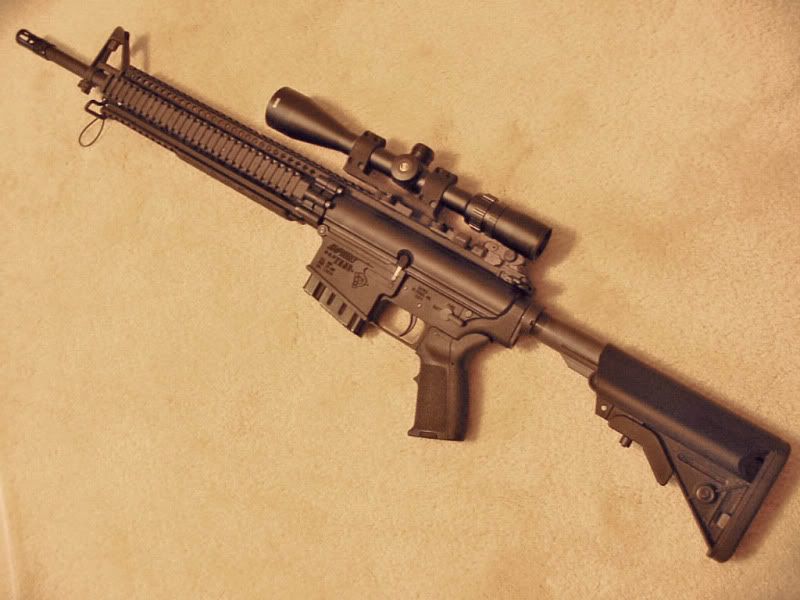Thanks gents for all the input. I am normally capable of 2's and 3's 5 shot groups with my bolt actions. But this particular rifle with all my fancy rifle rest gear and carefully handloaded rounds can't do much better then 1" at 100 yards anyway. But, I certainly didn't want to use molys and see groups deteriorate from that, if even only slightly larger groups. 1" groups is about as bad as I can stomach, and it's only because it's a military style AR with a light 18" barrel and collapsible stock that I'll tolerate it. (ever try to sandbag a collapsible stock?) While I probably just lost the attention of about 2/3 of you guys now that you know what kind of rifle I'm shooting (and made a few of you serious benchies cringe just now too), I want you to know that I am using much the same methods as you bench rest shooters are using........and that includes using Lapua brass and weighing each bullet, using wind flags, feeding single rounds into the chamber, detailed note taking, etc. I have about 3 grand invested in building this rifle and intend to keep striving for tighter and more uniform groups.
From what I'm hearing, I doubt I will see much change between naked VS moly groups, and so I will likely continue to buy moly bullets only when I can't find the regular non-molys.
PS Thanks to you guys, now I also know that I'm likely not missing anything spectacular if I don't use molys for my precision bolt action rifles.
From what I'm hearing, I doubt I will see much change between naked VS moly groups, and so I will likely continue to buy moly bullets only when I can't find the regular non-molys.
PS Thanks to you guys, now I also know that I'm likely not missing anything spectacular if I don't use molys for my precision bolt action rifles.
Last edited:


